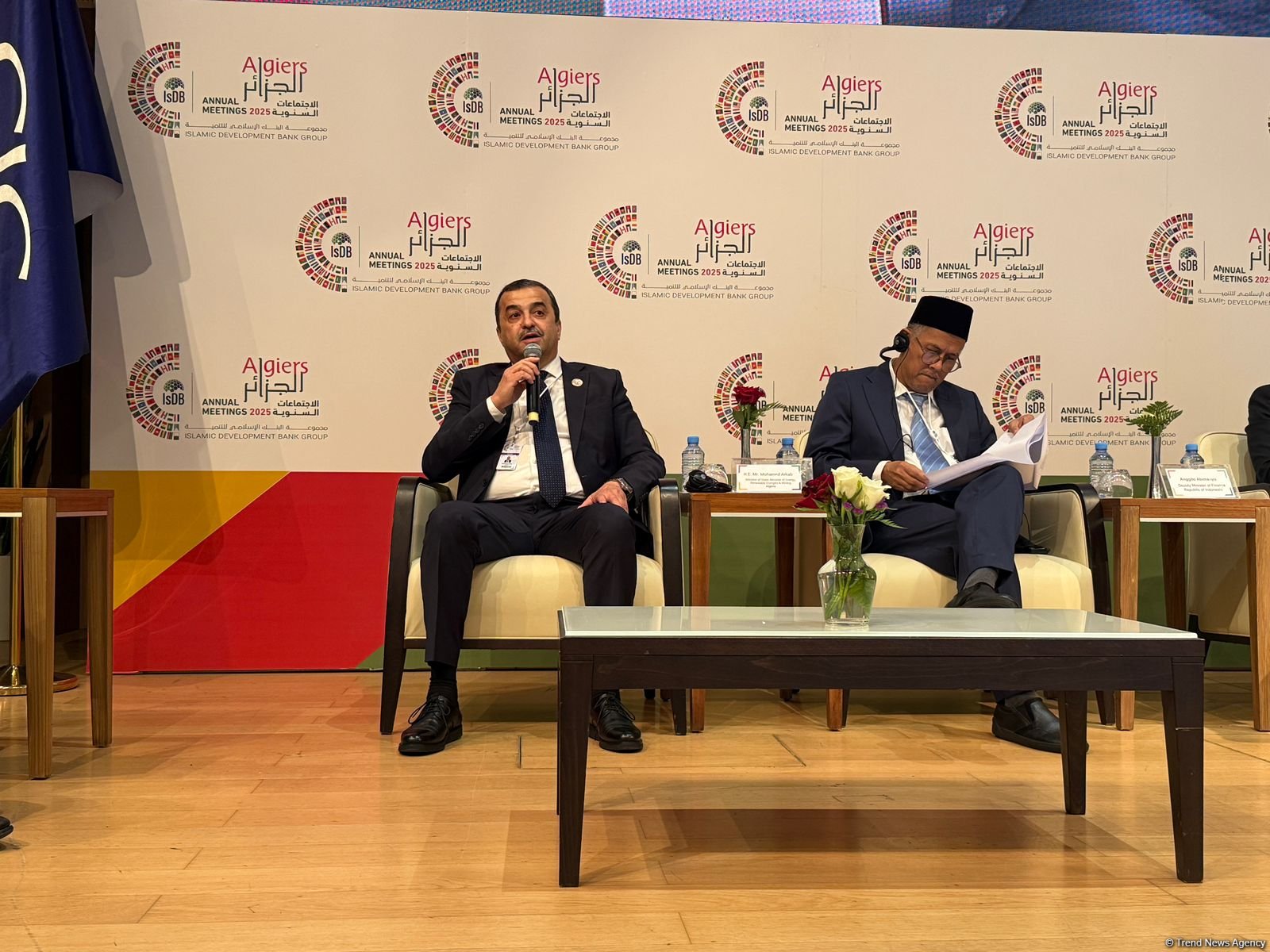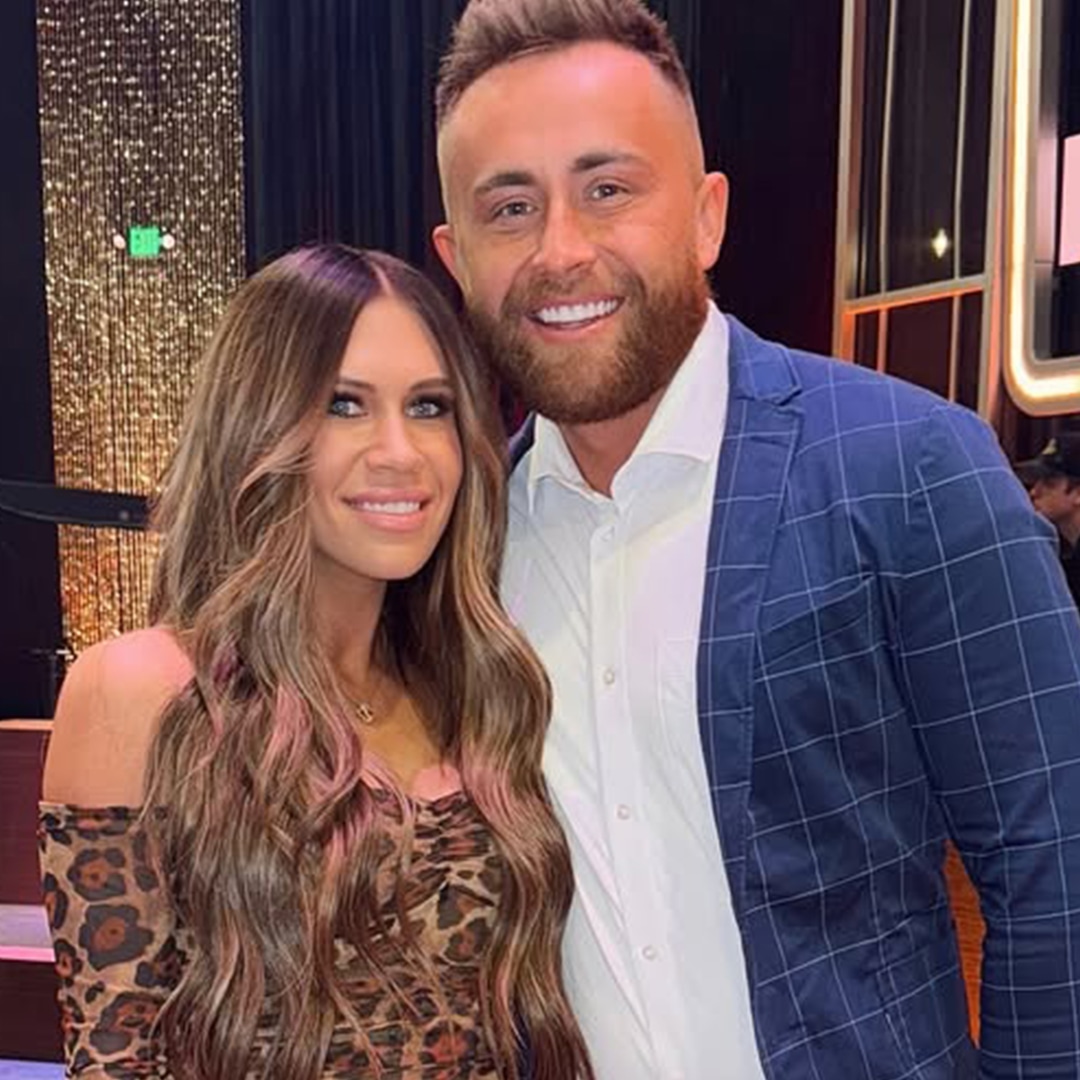Im a college writing professor. Heres what AI still cant do


In the past few years, AI has wreaked havoc on the education sector. It’s quickly become a multi-billion dollar industry, hailed by some administrators as the future of learning while other faculty scramble to address the fallout, including the rampant cheating that AI chatbots enabled almost overnight. It has felt particularly threatening to the subject I teach—writing—where many students struggle, and the temptation to turn to AI is irresistible.
But paradoxically, the AI invasion hasn’t convinced me that learning to write well is about to become obsolete. I recognize in many of my students the impulse that led me to become a writer: the human need to express oneself and, in so doing, to relate to others. In fact, confronting the possibilities and limits of AI for writing lets me explore with my students why we write in the first place, and to consider what technological tools can and can’t do to help us.
The arrival of ChatGPT in November 2022 reminds me of a quote from High Fidelity, the 1995 Nick Hornby novel that later became a movie starring John Cusack and a limited series starring Zoë Kravitz. “One moment they weren’t there, not in any form that interested us, anyway, and the next you couldn’t miss them; they were everywhere, all over the place.” The quote is about how 13-year-old boys suddenly started noticing girls who, up to that point, had just been other boys’ sisters. Now they were girls, and the boys wanted… “actually, we didn’t know what we wanted,” writes Hornby.
For me, this quote could just as easily apply to the arrival of AI chatbots. Suddenly, they were everywhere — in every news article I read, in conversations with fellow faculty and other writers, and, before long, in my students’ writing. Midway through the semester, I noticed that students who had previously written clunky, awkward prose were suddenly turning in polished, if generic, five-part essays. AI was everywhere, all over the place.
You can't stop students from using AI
Right on the heels of the chatbots came tools to help teachers detect their use. First, there was GPTZero, a winter break project by Princeton University senior Edward Tian that received significant media coverage. Tian was hailed as a hero by educators, a model student who put his coding skills to use to protect academic integrity. Other copycat tools followed, like the unimaginatively-named ZeroGPT, all promising greater levels of accuracy and reliability.
TurnItIn, a widely used plagiarism detector built into many universities’ learning management systems, even had its own AI checker. It came with all kinds of disclaimers indicating that its assessment may not always be accurate, so it shouldn’t be used as the sole evidence against a student accused of cheating. In short, TurnItIn, and all the others like it, were not reliable. It turns out detecting AI is no easy task, and just as quickly as new detectors came out, new ways to get around them appeared.
What’s worse is that the AI detectors never seem to agree with one another. Pop in a bit of text from a student essay and one website will assure you that the text was human-written (“Zero percent AI!”). But input the same text into a different site and it might tell you it is most likely AI. Both will provide convincing reasons. How can a teacher approach a student with an accusation of AI plagiarism without concrete evidence, or really any way to get that evidence?
There's also the questionable legality of feeding student writing — if that’s what it was — into a third-party website. And while many of us who teach writing defaulted to protective policing tactics at first, our colleagues in other disciplines and departments heralded the arrival of AI, encouraging students to use it and singing its praises openly in faculty meetings. Mixed messages were rampant.
A collaborative approach to AI literacy
Around this same time, I had my sights set on a new teaching position that was specifically geared toward teaching professional writing, more firmly in my wheelhouse. After I was offered the job, I openly worried to my wife about the wisdom of taking a job teaching professional writing when some commentators and pundits were announcing the end of such trivial and time-consuming pursuits as writing.
When I took the job, I approached it from the beginning as a challenge. Professional writing would change, and I could help students think through what its future might look like. Rather than dictate rules while I was still trying to understand the impacts myself, I wanted to give students a stake in their own relationship to the technology. Many of my students are English majors; like me, they feel the need to write. So what role did they want AI to play in their future careers?
In the first week of my first semester, I worked with students to create an AI policy we could all agree on. Using AI for brainstorming and pre-writing was okay. Putting assignment prompts into a chatbot and asking for a completed essay was not. I stress that college writing has never been about a finished product; writing is thinking, and I want to see them think on the page. We agreed that students should disclose if and how they used AI. This ensured that if there was AI use, my first response wouldn’t be punitive, but constructive. We could talk about how AI helped, or didn’t. This also allowed me to get a better sense of how students were fitting AI into their workflow and to determine where it could actually be helpful.
This semester, a student turned in an essay that was full of great ideas and well-crafted sentences, though, as I was grading it, I commented in the margin that it seemed to jump around a bit. So, I actually laughed out loud when I got to the AI disclosure at the end of the essay and read that the student had only used AI to help with the order of the ideas.
What’s human about writing?
The process of figuring out AI together has led to some amazing, even existential, conversations, the kind I thought we could no longer have in an era where college education is often seen as little more than career training. It turns out that one of the best ways to begin a conversation with students about the role of AI in writing is to simply ask: why do we write?
Now we have class discussions about how writing allows us to share experiences, alter perspectives, and engender empathy. It quickly becomes clear that in all kinds of writing, a human consciousness is assumed — and desired. I ask students to imagine a scenario in which I present them a poem so moving it brings them to tears, and then I reveal that it was written by AI. How would that make them feel? Some say they’d be okay with it, but most say they’d feel cheated. They cried, in the imagined scenario, because they empathized with the experience of the human writer behind the words. No writer, no empathy.
Another discussion takeaway that assures me AI won't make writing obsolete is the surprising connections only human minds can make. It's a delight to get to know my students through their writing.
I have always found it funny that I have a difficult time memorizing students’ names until I read their first essays. I come to know my students by seeing the interesting connections their minds make. Writing is thinking, and by getting a sense of how they think, they come more fully alive.
The same goes for me. When I try to remember the early days of ChatGPT, why am I reminded of a line from a novel that was published 30 years ago, lodged in my memory by a movie released 25 years ago? I don’t know why my mind makes that connection, but I love that it does. I’m reminded that my own writing has the ability to surprise me, that writing really is thinking, and I often don’t know my own opinions until I set them down in words. AI can write, but it’s not really thinking, so teaching students to think remains as important as ever.
What's Your Reaction?
 Like
0
Like
0
 Dislike
0
Dislike
0
 Love
0
Love
0
 Funny
0
Funny
0
 Angry
0
Angry
0
 Sad
0
Sad
0
 Wow
0
Wow
0



















































.png?Expires=1838763821&Key-Pair-Id=K2ZIVPTIP2VGHC&Signature=IO0~CT3pU-TcxGc~yoZSmoQx23MZVuK-~4jSii~NKEblRmyO3el7NXPu~Rh1o23voASg7hlcHLw4kvQuDK1jssEhcjoNBBvEpZ~GGOAU6yosBhpHpeF179F~h7i6VxmsBNh9gtTutkoqY73O2YCFey~IAqSzKbBqETP1kP9cAg1916Z1YkJJs-5MliMrkZ5d7-mWGLbpHp2wGj2VlMph8XzYlL4~y1O7fB~JdIS~Rs4RMRs2x0WT1qUIpHAsf3GdwtOyAmKFSpIg8xCyNGZZ5h~13nXlmpd7uPvW8tBfttpG9pFTqcway-uch5WyfHOEfi7UlJCOWrr6fCYY5PMgSg__)







